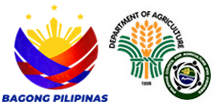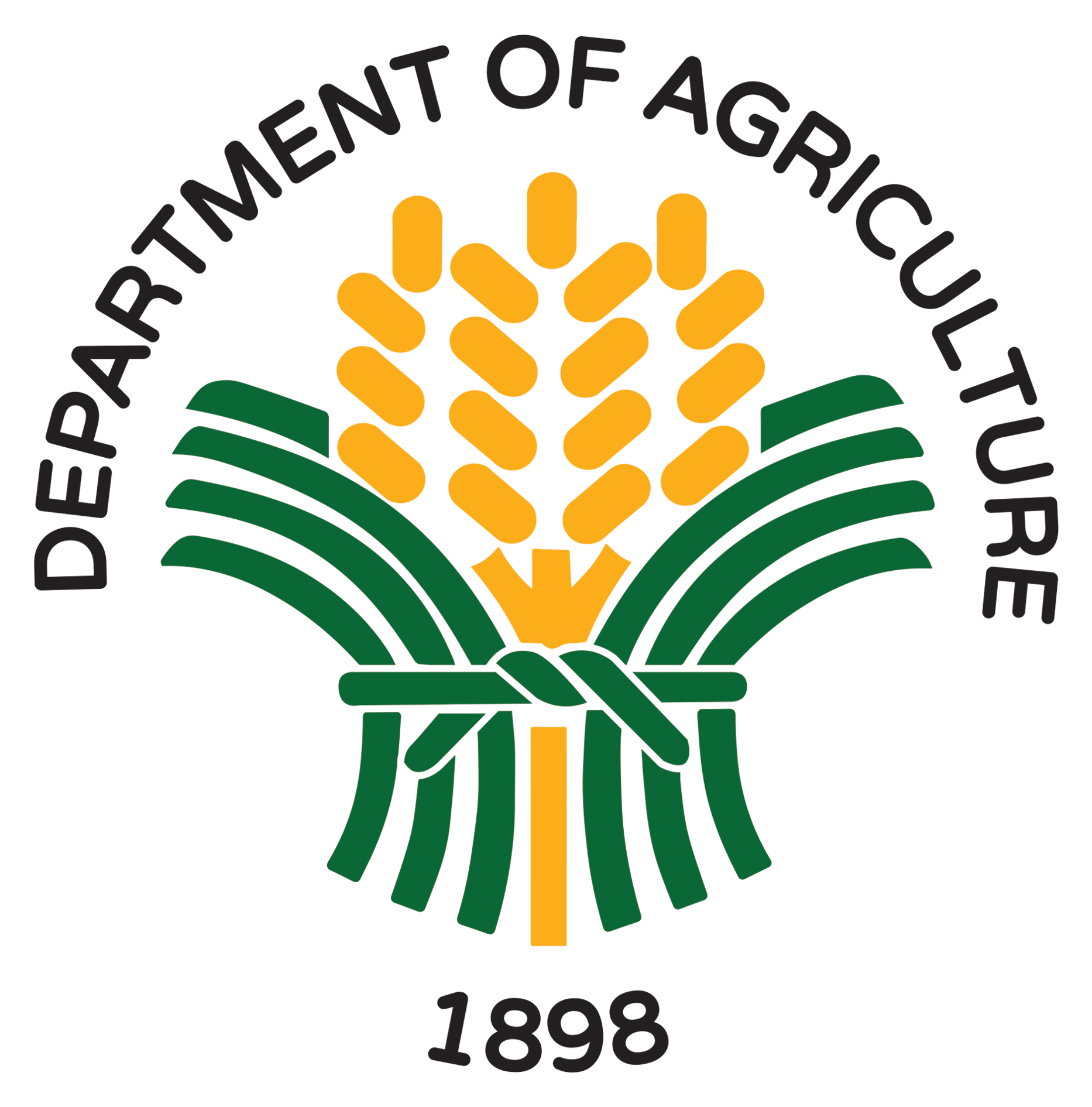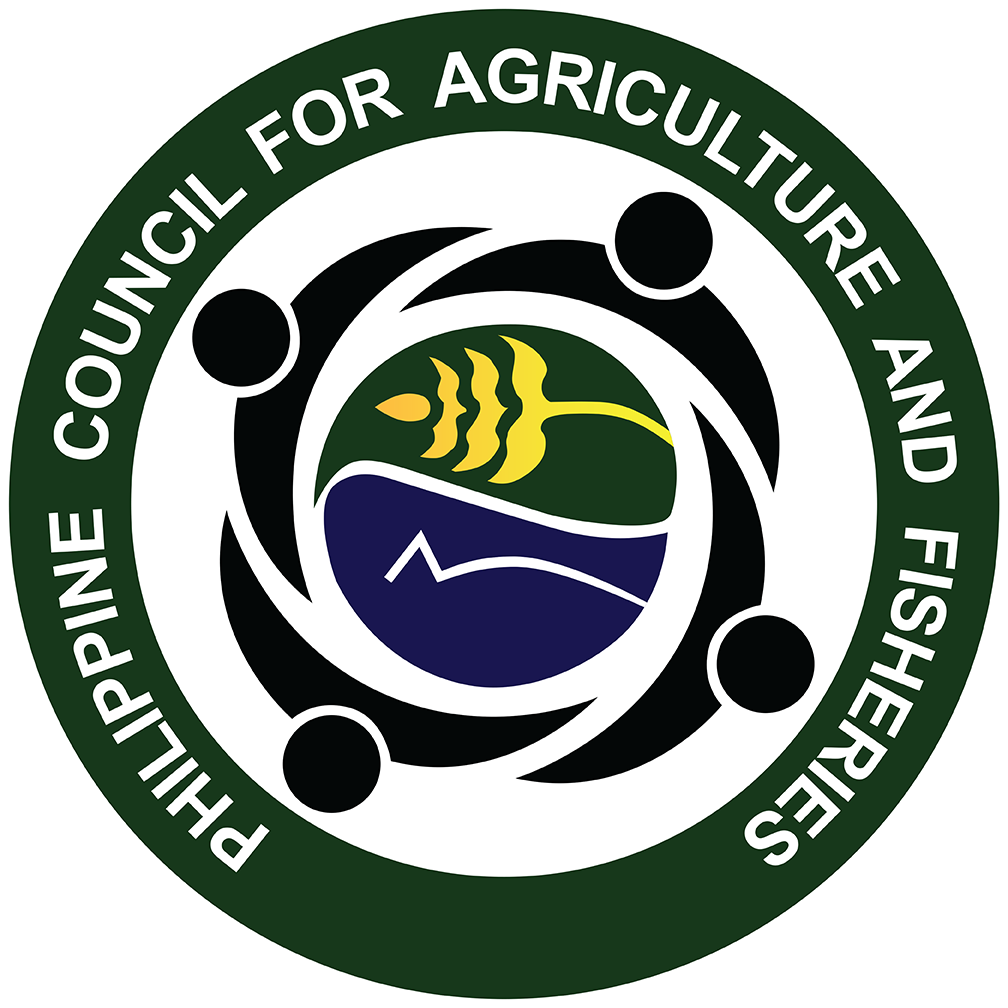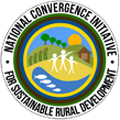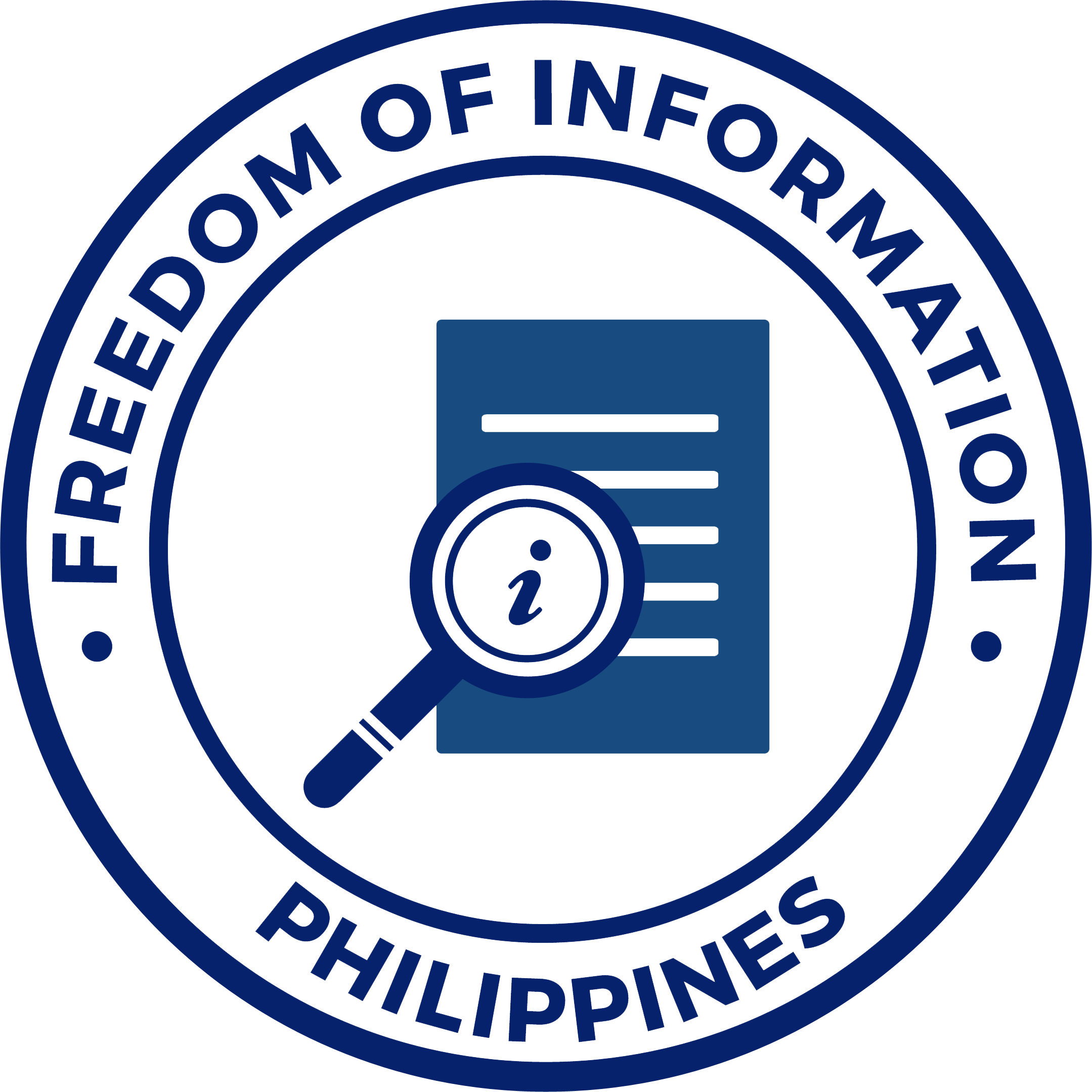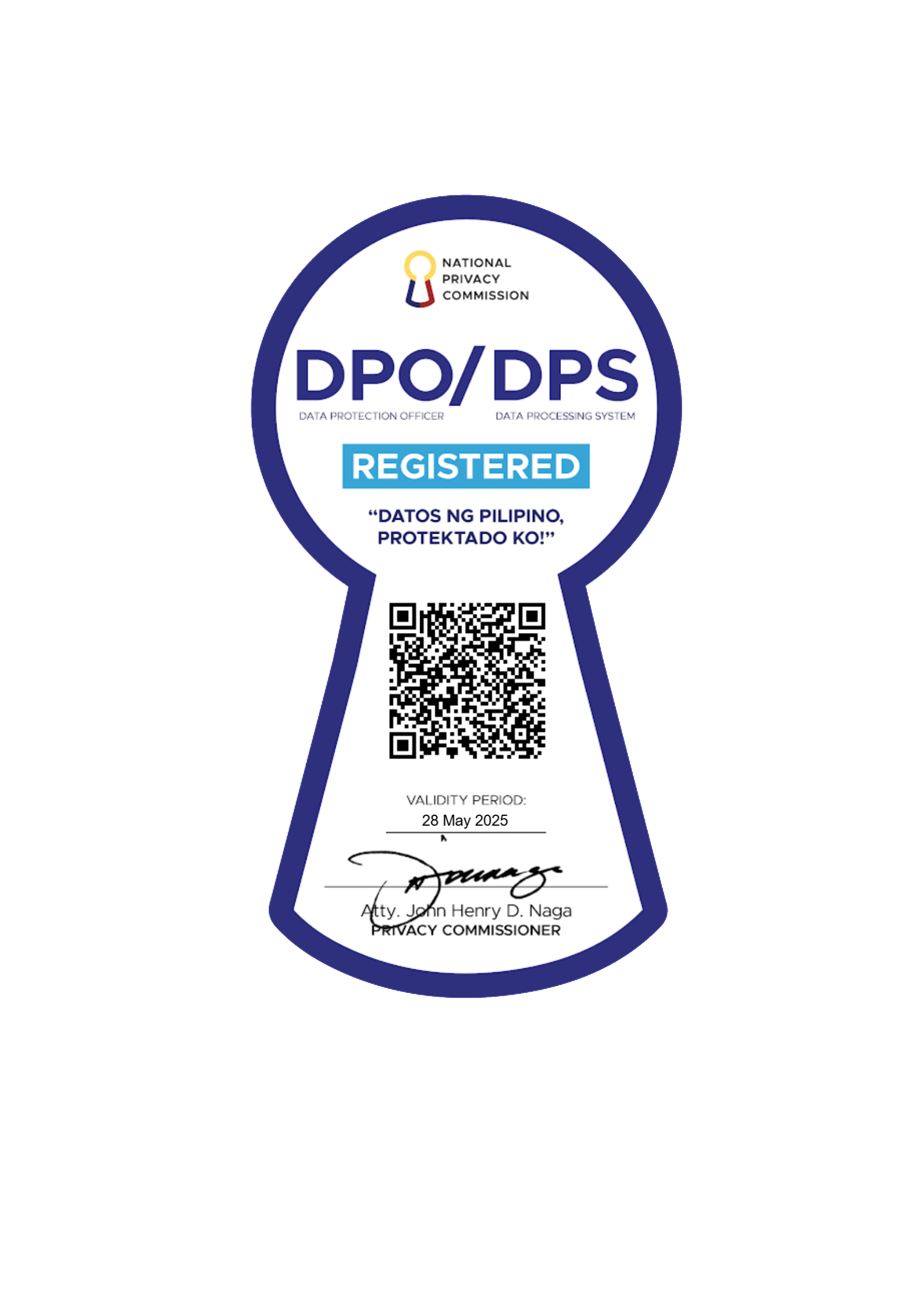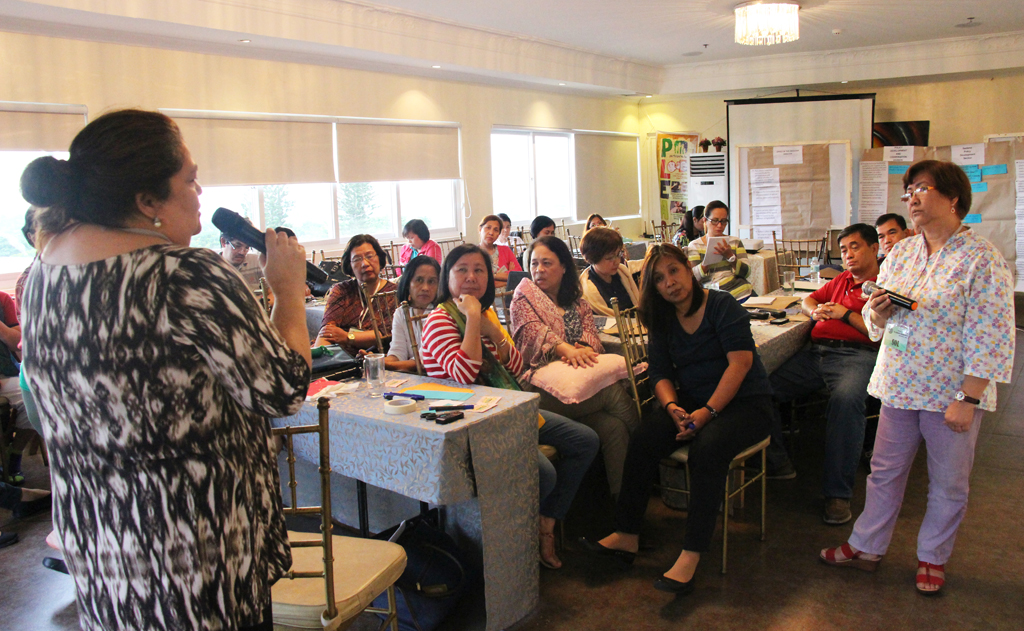
In today’s challenging agriculture and fishery industry, strategic planning is everything.
“This strengthens the team by defining a clearer focus and direction of an agency,” PCAF- Planning, Monitoring and Knowledge Management Division (PMKMD) Chief Estrella Tulay shared on the first day of the agency’s Strategic Planning Workshop for 2017-2022 in View Park Hotel in Tagaytay City.
More than 30 selected employees from PCAF’s four Operating Units (OUs) participated in the workshop on July 11 to 15, 2016 to draw up a strategy framework.
PCAF’s OUs, which are led by the office of Executive Director and Deputy Executive Director, are composed of Administrative, Financial and Management Division (AFMD), PMKMD, Policy Development and Coordination Division (PDCD), and Partnership Development Division (PDD).
PCAF’s strategic framework will be the agency’s guide for the formulation of its Strategic Plan and the crafting of its Agriculture and Fisheries Modernization Plan (AFMP) for the next 6 years.
During the five-day workshop, PCAF employees revisited the agency’s mission, vision and strategic objectives. Each division carefully reviewed and settled issues relative to the functions of other OUs.
Angelo Ramon Tanchoco, Development Academy of the Philippines consultant and team leader of the evaluative study on PCAF’s consultative bodies presented the result, findings and recommendations of the study titled “Participatory Governance in Agriculture and Fisheries Development: An Evaluative Study on PCAF’s Consultative Bodies (CBs)”.
Based on the study, Tanchoco and his team recommended the strengthening of Sectoral Committees at all levels as the main consultative agent. It also proposed to redefine Agricultural and Fishery Councils (AFCs) as inter-sectoral and private-government coordinating body.
On the other hand, international consultant-trainer Carmen “Mench” Auste helped PCAF employees to attain clearer perspective in the reevaluation and identification of PCAF’s strengths, setbacks and best practices.
As part of the workshop, the participants recalled and highlighted the agency’s accomplishments for the past years. Auste prepared questions for each team to answer and presented it in a creative way.
Aside from the activities, strategic planning concepts and principles were also discussed. The outputs of the discussion were considered in the crafting of the agency’s midterm plan.
Auste organized activities like Strategic Café where participants expressed their opinions and ideas about PCAF’s functions. Some of the significant outputs were competency building for the existing staff and hiring of proficient people that matches PCAF’s job requirements; the issuance of Executive Order or Administrative Order to include AFCs in the Department of Agriculture (DA) key processes and budget support, and set-up of information system and knowledge database.
Other suggestions encompassed scaling up effective PCAF programs, projects and initiatives like increasing the numbers of Municipal AFCs; monitor emerging concerns; establish NAF Council café, and creation of regional PCAF offices as well as Agriculture and Fishery Mechanization Committee division in PCAF.
Among the issues that were discussed during the review of OU functions were the interlocks between and among sections and divisions. Several interlocking functions were identified and clarified but some needs further merging and delineation in the processes of each OU’s tasks.
“Interlocks are not overlap. They are all of strategic value. The purpose of interlock is when the task is complex, it is expected that you will have each other to help out. Let us go out from the old frame na pag ibang division, ibang section lang ang gagawa, sila lang dapat ang gumawa. They are supposed to lighten our load,” Auste explained the importance of interlocks.
According to Clearpath, a US-based consulting firm, Strategic Framework is a comprehensive picture of the organization’s strategy.
In the workshop, PCAF employees clarify how individual efforts, divisions and CBs’ projects, activities and programs can be connected to achieve the best outcome. The team magnified the gaps and setbacks in the workshop to see a clearer picture of PCAF.
Among the gaps and setbacks highlighted were: employee competency building and involvement of information officers and planning officers during consultations at the local level.
The participants saw the need to enhance the awareness of all the CBs about PCAF, its structure, roles and functions.
With the help of Auste, the participants identified and aligned the Outcomes, Strategic Initiatives (SI) and Milestones of PCAF. This resulted into Strategic Framework which will be the guide of PCAF to create the 6-year Strategic Plan.
